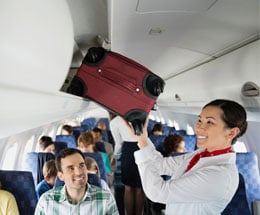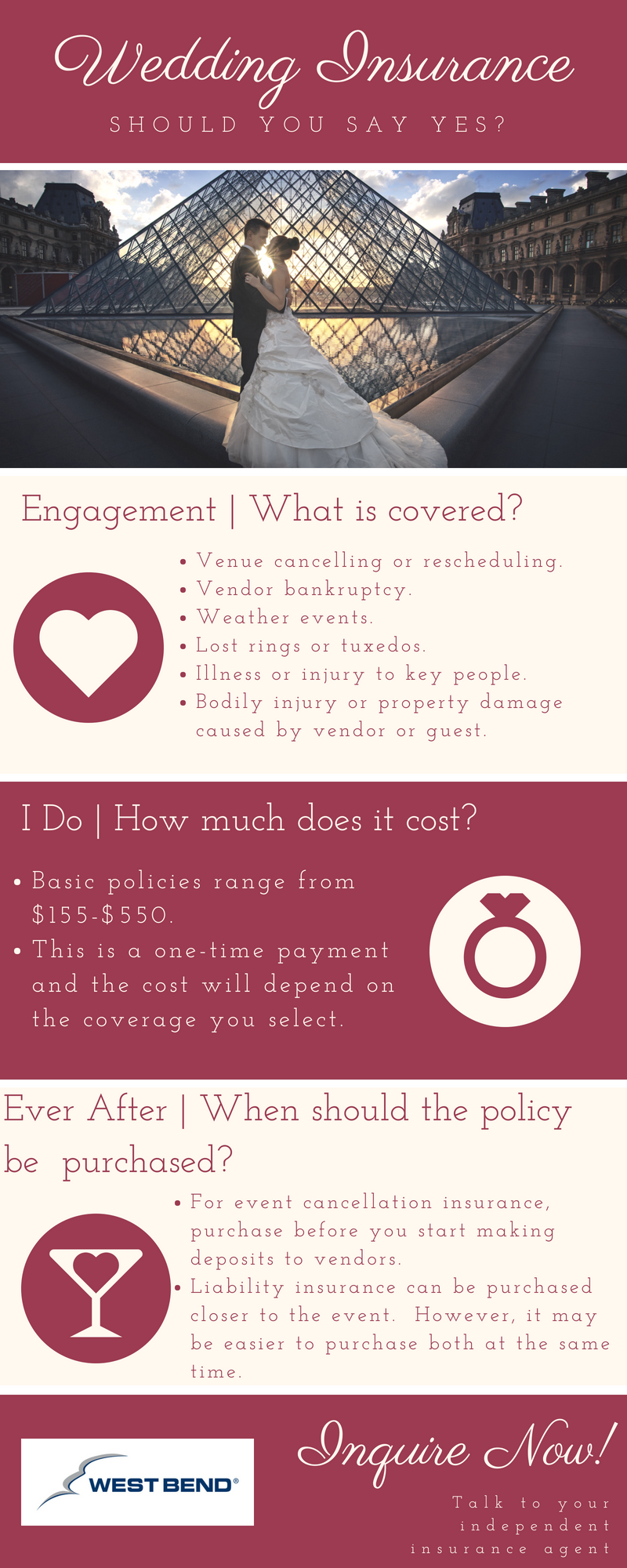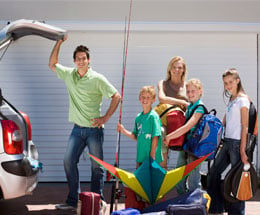 Traveling with your family is a great way to create memories that will last a lifetime. Whether traveling to a new destination or a traditional family destination, planning for each trip is important.
Traveling with your family is a great way to create memories that will last a lifetime. Whether traveling to a new destination or a traditional family destination, planning for each trip is important.
If you’re traveling this summer, here are some flight attendant travel tips that can make your vacation more enjoyable for you and others.
1. Drink plenty of water. Staying properly hydrated is necessary to keep your body functioning properly. When traveling, staying hydrated is even more important. Extremely low humidity levels in airplane cabins make dehydration a common condition for travelers. Symptoms of dehydration include:
- Dry skin, eyes, and mouth;
- Chapped lips;
- Headaches;
- Constipation; and
- Lightheadedness or dizziness.
According to the Aerospace Medical Association, travelers should drink eight ounces of water for each hour of flight. This guideline is even more important if you’re flying more than four hours. Jetlag symptoms are worse if you’re dehydrated.
2. Drink bottled water. When traveling, drink bottled water. It not only helps you keep track of how much you’re drinking, but it helps you avoid having to drink the jet’s tap water. Jet water storage tanks may contain bacteria that could make you sick.
3. Keep your legs moving. Sitting for extended periods is uncomfortable and can lead to health issues. Consider walking the cabin hourly if you have access to the aisle. If not, flexing your legs and moving your feet periodically can help get your blood flowing.
4. Clean blankets and pillows Blankets and pillows sealed in a bag or handed to you by a flight attendant are probably clean. Blankets and pillows found elsewhere may be dirty.
5. Pack Ziploc bags. If you’re traveling with small children who wear diapers, it’s likely they’ll need a diaper change during the flight. If you can’t make it to the lavatory, you’re left with no other alternative than to change them at your seat. Traveling with Ziploc bags allows you to dispose of dirty diapers quickly. In addition, the bags help contain the smell. Honestly, the last thing a flight attendant wants is to be handed a dirty diaper. Lastly, Ziploc bags work great for disposing of wrappers and other miscellaneous garbage.
6. Roll your clothes. This is a tip that my wife uses, especially if we’re traveling overseas. Rolling your clothes creates more space in your suitcase. Rolling your clothes can make the difference between checking your luggage and carrying it on.
7. Pack less. So often my wife and I overpack. Before you start packing, check with your hotel to see if they have washers and dryers available. If you have rented a home, more than likely they will be included as an amenity. A Ziploc bag filled with detergent packs and dryer sheets can reduce the amount of clothes needed.
8. Pack some disinfecting wipes. Wipes can come in very handy. They can be used to:
- Clean your hands;
- Clean up spills; and
- Wipe down tray tables, seat belts, and armrests.
According to Travelmath “Airline Hygiene Exposed”, the dirtiest place on an airplane is the tray table. Before using your tray table, consider cleaning it with alcohol-based wipes or hand sanitizer and a tissue or napkin.
9. Adjust controls to optimize airflow and reduce germs. Often times before takeoff, I’m warm. The combination of nerves, excitement, and getting settled in my seat catches up with me. So, the more air I can get from the overhead nozzle the better. According to some flight attendants, this may not be the best thing to do. Planes circulate a 50-50 mix of fresh and recycled air. To avoid airborne germs, disinfect the nozzle and point it towards your lap.
10. Sleep tight. To help you sleep on your next flight, pack noise cancelling headphones or earplugs, an eye mask, and a neck pillow. I recently purchased neck pillows for my family and we love them. Neck pillows keep our necks and heads in a natural position. By staying in a natural position, the pillow prevents kinked necks and head bobbing which disrupts sleep.
11. Be considerate when using the call button. If you’re traveling to a popular destination, it’s likely that the airplane will be full. With a full plane, certain things can be annoying. One of them is the constant chiming of the call bell. Pressing the call button disrupts the flight attendants’ focus and takes away from the service they are providing to other passengers. Unless it’s an emergency, don’t use it. Instead, ask the flight attendant for assistance when they walk by. Other than during takeoff and landing, they frequently move about the cabin.
12. Don’t forget your pen. If you’re traveling internationally, each country will have travel documents that need to be completed prior to entry. While the airlines have some pens, it’s best to carry your own.
Do you have any tips or information you’d like to share? I’d love to hear them; please share them in the box below.
Sources:
https://www.businessinsider.com/flight-attendants-share-their-favorite-travel-hacks-2017-5#save-space-in-your-suitcase-10
https://www.womenshealthmag.com/life/a19996567/flight-attendant-travel-hacks/
https://www.travelmath.com/feature/airline-hygiene-exposed/
SOURCE: WEST BEND, Scott Stueber on Jun 26, 2018 9:00:00 AM
 Recently, my wife and I celebrated our 23rd wedding anniversary. Every year we look at our photo album together and chuckle about how young everybody was. It’s amazing how fast time goes!
Recently, my wife and I celebrated our 23rd wedding anniversary. Every year we look at our photo album together and chuckle about how young everybody was. It’s amazing how fast time goes!
 The unofficial start of summer is here! This means many families are making plans or final arrangements for this year’s summer road trip.
The unofficial start of summer is here! This means many families are making plans or final arrangements for this year’s summer road trip. Is learning to ride a motorcycle on your bucket list? Now that the weather is getting nicer, you’re closer to making this dream a reality. Growing up riding dirt bikes with my friends, I know how fun and exhilarating riding can be. It offers a new perspective to seeing the world!
Is learning to ride a motorcycle on your bucket list? Now that the weather is getting nicer, you’re closer to making this dream a reality. Growing up riding dirt bikes with my friends, I know how fun and exhilarating riding can be. It offers a new perspective to seeing the world!